Editor’s Key Takeaways: Unlock Stunning Photos: Master Patterns in Photography

Patterns in photography enhance your compositions and create stunning images. This article covers the following topics:
- What Are Patterns in Photography? – Patterns are areas where elements repeat. These can_fill the frame or occupy small areas.
- Why Are Patterns in Photography Good? – Patterns captivate, engage, and draw viewers into your composition because they are eye-catching and familiar.
- Common Examples of Patterns – Patterns are found in both nature and built environments, with artificial patterns being easier to spot.
- Patterns and Negative Space – Combining patterns with negative space can highlight the subject and improve composition.
- Use Patterns for Abstract Images – Patterns can create abstract, aesthetically pleasing images by isolating repeated elements.
- Look for Broken Patterns, Too! – Disrupted patterns add interest and can lead to striking visuals.
Understanding patterns helps elevate your photography by creating intriguing, attention-grabbing images. Always be on the lookout for repetitive elements to integrate into your shots.
Introduction
Patterns in photography are a key compositional element–one with the potential to get you truly stunning photos.
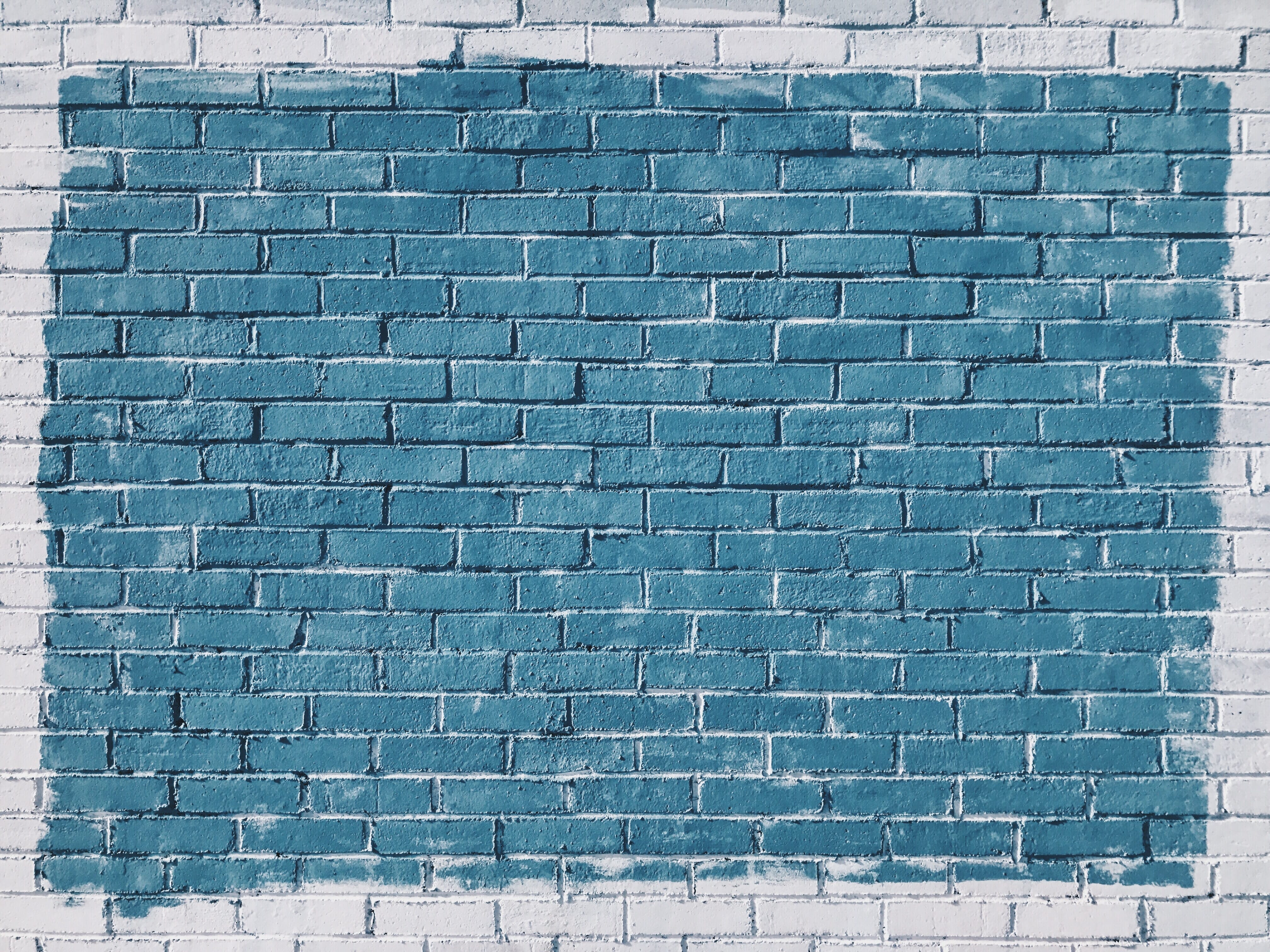
But what actually are patterns in photography? And how can you use them, together with other compositional guidelines, to create amazing images?
In this article, you’re going to discover the secrets for using patterns in photography. I’ll take you through some of my favorite patterned images–and I’ll explain why and how you should create similar images.
Let’s dive right in.
Patterns in Photography:
What Are Patterns in Photography?
Patterns in photography are areas where elements repeat.
You can have patterns that completely fill the frame, like this:
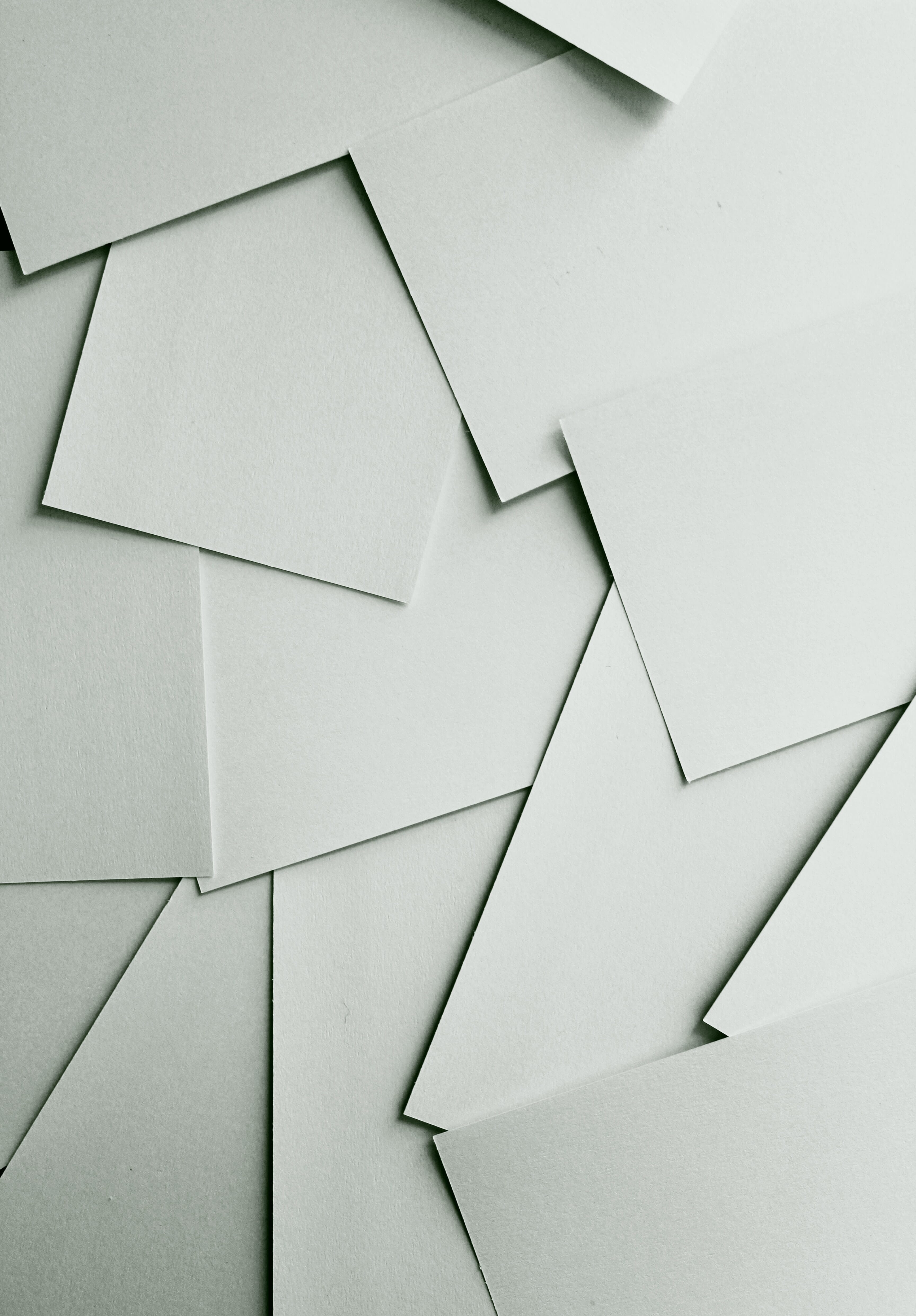
Or you can have patterns that barely take up any area at all in the shot, like this:
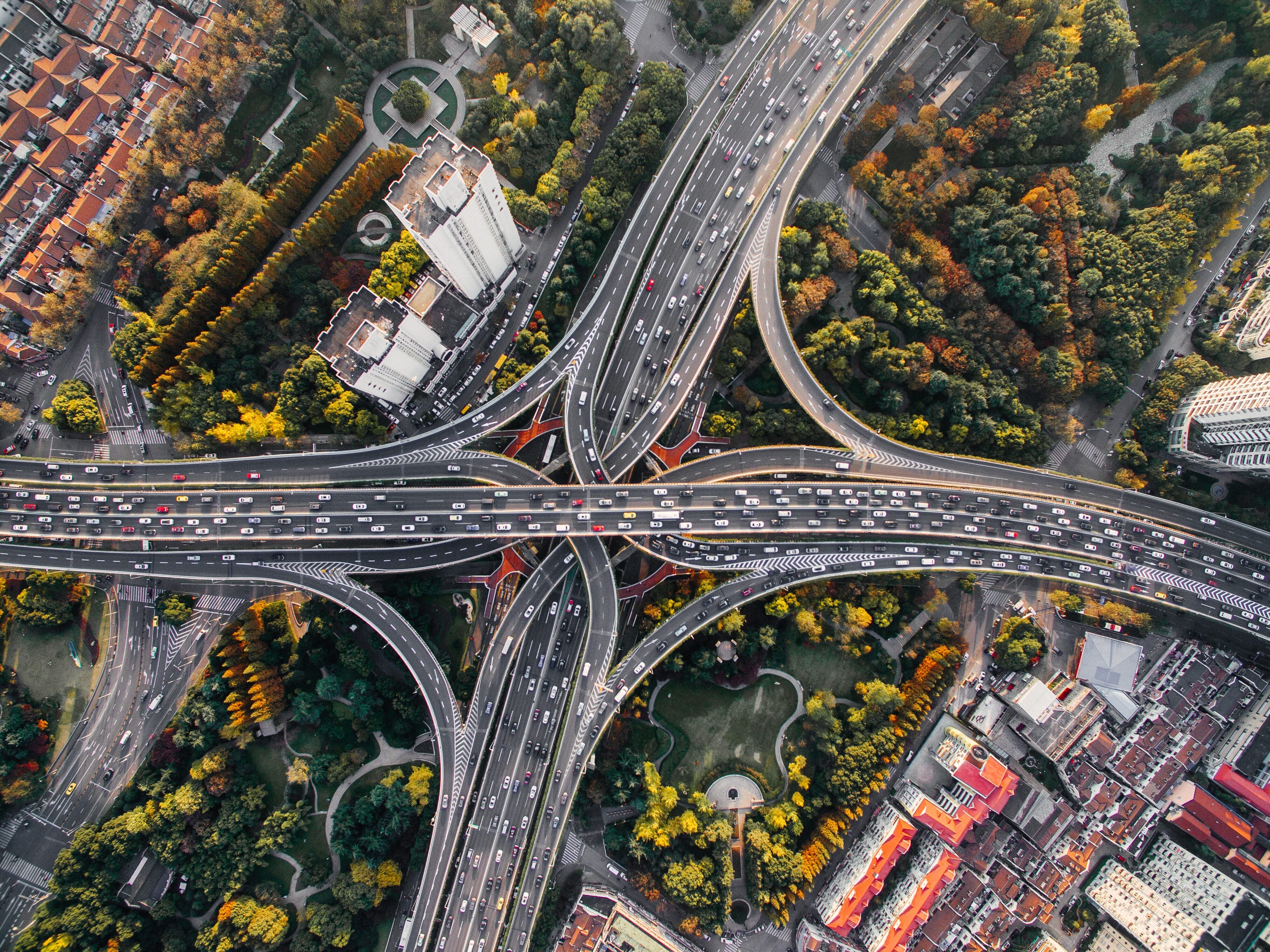
(In the image above, I’m referring to the pattern of cars on the road.)
Note that patterns occur all the time in nature.
Though you can find plenty of patterns in the built environment, as well.
(In fact, in my experience it’s actually easier to find artificial patterns than natural patterns!)
Why Are Patterns in Photography Good?
Patterns make for great photos for a few reasons.
First, patterns are captivating. They keep the viewer focused on one area of the scene, just wandering around the pattern until they’ve really engaged with the image.

Second, patterns are eye-catching. When people see patterns, they’re drawn into the composition.
So if you can include strong patterns, viewers will often zoom straight toward your image (and ignore other, non-patterned shots!).
A third thing people like about patterns is how familiar they are. When you see an element once, it’s new; when you see it dozens of times, it becomes very recognizable, and it makes you want to linger.
Does that make sense?
All in all, patterns are a great way to spice up your images. They’ll engage the viewer, they’ll catch the eye, and they’ll make photos seem familiar!
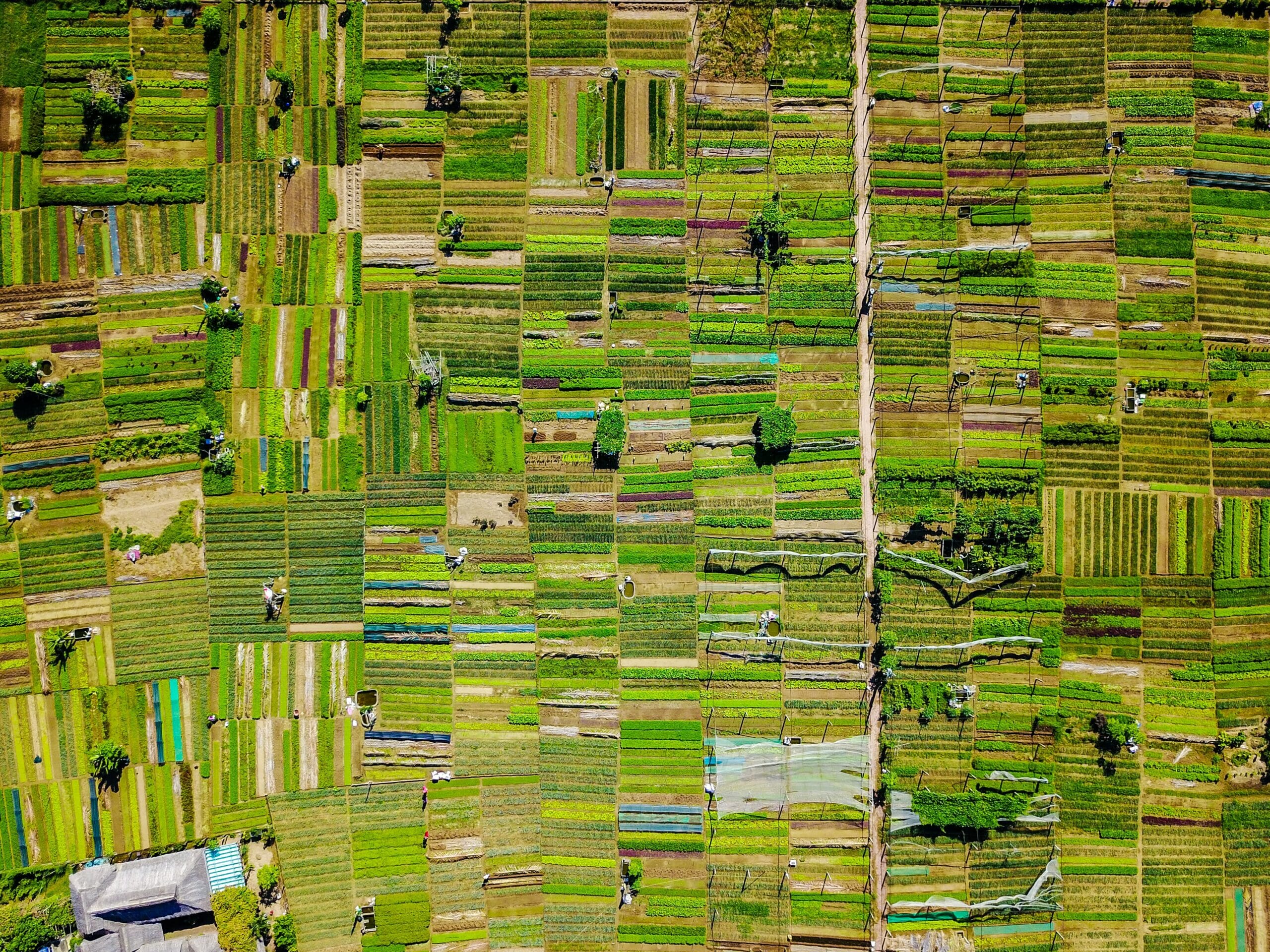
Common Examples of Patterns
Do you search for patterns when you go out shooting?
If you haven’t been thinking about patterns up until this point, then you’re in for a treat.
Because patterns are all over the place; you simply have to start looking.
By the way, if you’re struggling to find patterns, I recommend you use a few tricks:
First, you should try looking through your camera’s viewfinder, rather than with the naked eye. The viewfinder tends to cut away distractions and help you hone in on what matters: the patterns!
Second, you can try shooting in black and white. If you use a mirrorless camera, you can program it to display black and white through the viewfinder; if you use a DSLR, you’ll need to use Live View to see in black and white via the rear LCD.
You see, black and white conversions simplify scenes so that you focus on the tone and the shapes, rather than the colors. Since most patterns incorporate repetitive tones or shapes, this is a good way to check how your pattern is looking or identify new patterns in the field.
Of course, some patterns do involve color, so I recommend you recognize in advance whether the color is absolutely necessary to the pattern; then you can convert to black and white as you see fit.
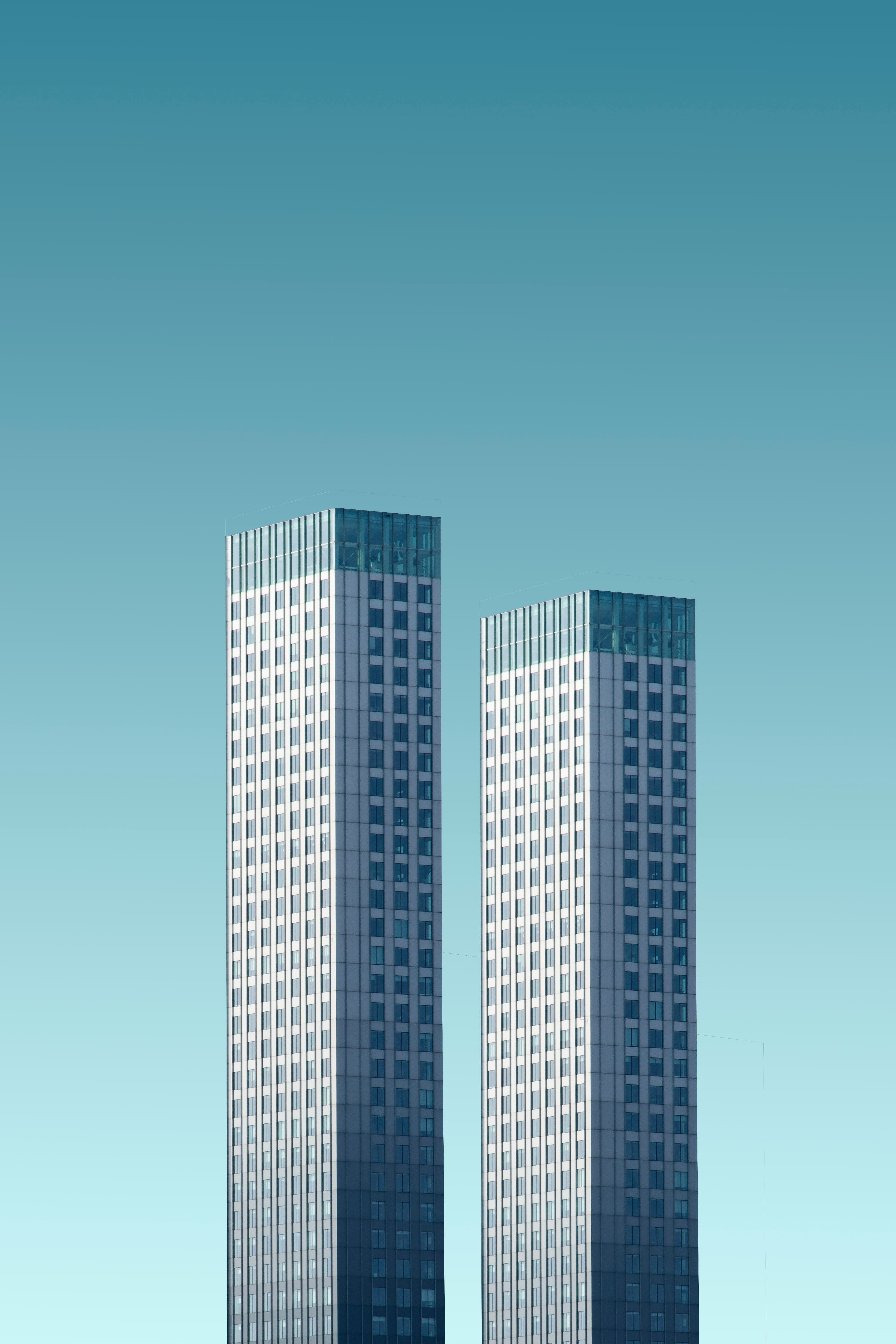
In Nature Photography
I’ll say it again:
Nature is full of patterns.
And that means that you can find patterns pretty much everywhere you go in the outdoors.
For instance, a woodland full of trees has a pattern of long trunks:

Flower petals create a pattern of, well, petals:
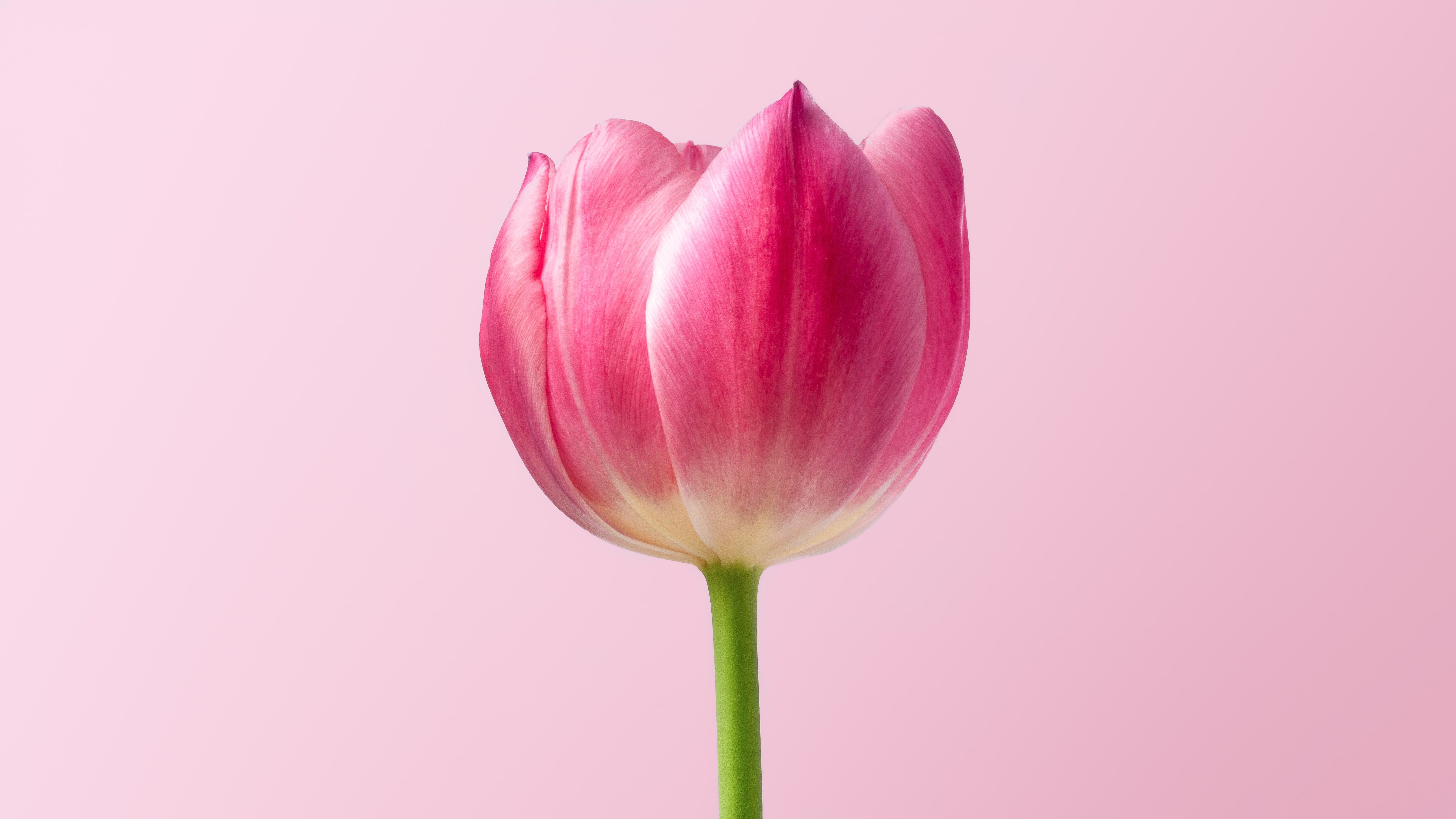
Even running water creates patterns with foam and waves.
Note that all of these patterns are easy to see and very accessible. They’re not deeply creative patterns, but you don’t need deeply creative patterns. You just need patterns that can keep your composition engaging!
In Street Photography
Street photography often involves very chaotic, messy compositions.
Which is why patterns are so helpful–in addition to focusing the viewer, they help simplify the scene and keep the image from becoming overwhelming.
So where can you find patterns in street photography?
First, you can look among people. Patterns of people walking in synchronization, patterns of people standing all in a line; these are both patterns that aren’t necessarily obvious, but are very interesting when captured.
Second, you can look at buildings. Many buildings have patterns just waiting to be discovered–patterns that are created out of bricks, out of windows, or out of floors when viewed from outside.
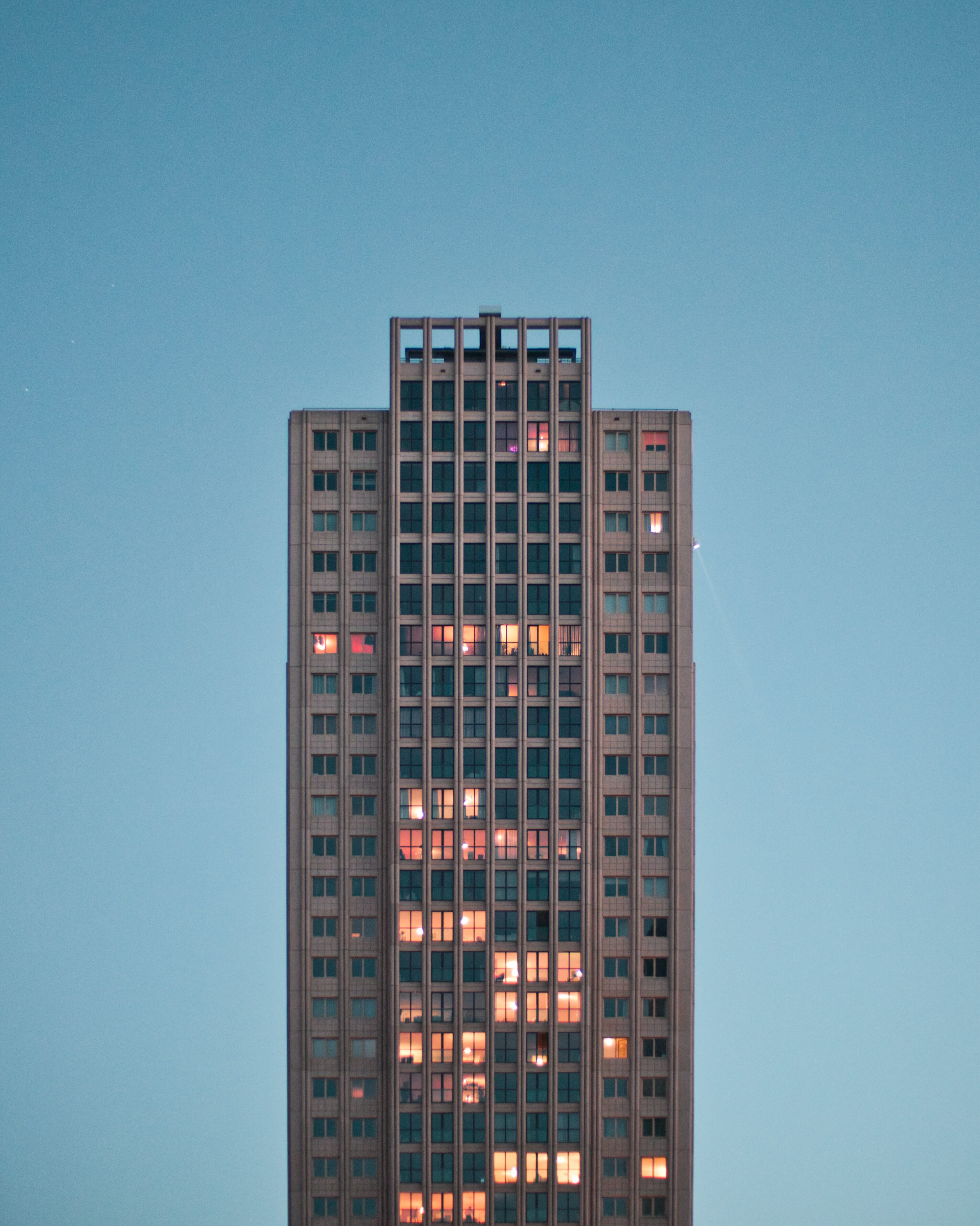
Note that you can always incorporate a main subject with an interesting pattern as the background. Or you can just shoot the background, and let the pattern become your main subject.
Both can work, but you’ll get two very different effects.
In Portrait Photography
Patterns are harder to find when shooting portraits, but they are present.
For instance, when you’re posing multiple people, you can repeat poses to add an element of interest (bonus points if you can get the pose to flow from subject to subject, as well!).
You can also find patterns in color, where the background repeats the color of the subject. This can make for a wonderfully harmonious shot, certainly one worth taking!
In Macro Photography
Flowers are full of patterns, which means that macro photography offers a lot of patterned elements to work with.
For instance, you can create interesting compositions with repeating petals.
Or you can focus on the center of flowers, which are also very patterned, such as in the case of a sunflower and its rings of seeds.
You can also try magnifying common natural elements, such as tree bark; you’ll find that patterns appear that you would’ve never noticed otherwise! Here, I recommend using a macro lens if possible, though you can also try working with extension tubes or a close-up filter.
Insects also offer interesting patterns, such as in the wings of a butterfly:

Very nice, right?
Patterns and Negative Space
Now you should be familiar with some common patterns, and you should have a sense of the patterns you might use in your own photos.
But how can you actually work the patterns into your compositions? How should they be positioned in relation to the other parts of the frame?
Well, a key part of the compositional process is recognizing whether your pattern creates positive space or negative space.
Positive space feels heavy, whereas negative space feels light and atmospheric.
Patterns can make up either positive space or negative space, and it really depends on the pattern you’re working with, as well as the general composition you’re trying out.
For instance, you can use patterns to create negative space when you zoom out, so that the pattern groups together and becomes a nice wash.
Or you can use patterns to create positive space when you get close to it and really hone in on its details.
Does that make sense? Positive space is well-defined, whereas negative space tends to fade away.
Now, if the pattern does form negative space, I’d recommend positioning it to complement the positive space in the composition (i.e., your main subject). So don’t put it smack-dab in the center of the image, and don’t immediately put it along a rule of thirds intersection line.
Instead, put the pattern opposite the positive space, and let it emphasize the subject for breathtaking results.
If the pattern forms positive space, then it should either be the main subject, be a supporting subject, or lead the eye toward a subject.
So I recommend you think about whether the pattern is the most dominant part of the scene; if it is, then you’ve found your main subject, and you can position it using rule of thirds intersection lines, golden ratio intersection lines, or another subject-positioning guideline.
If your pattern isn’t the most dominant part of the scene, then figure out how you can position the pattern so that it works with the main subject, either by leading the eye in that direction, or by acting as a second point of interest in the composition.
Use Patterns for Abstract Images
Here’s a quick tip for working with patterns:
Don’t be afraid to go abstract.
Abstract images tend to be unique, eye-catching, and interestingly weird, which is why I love them.
And patterns often make up the best abstracts!
I recommend getting as close as you can to your pattern, so that it fills the frame completely.
And then let the pattern act as the only element of interest in the frame, like this:

Look for Broken Patterns, Too!
I’ve showed lots of examples of perfect patterns in photography, but it’s important to recognize that patterns don’t always have to be complete.
Instead, you can have partially finished or broken patterns.
And they can still make for stunning photos.
In fact, broken patterns can create some of the most interesting compositions, because the pattern creates an element of expectation in the viewer–and then fails to meet that expectation. Depending on how you position the pattern within the frame, this can create a lot of tension, or it can create a sense of satisfaction.
Patterns in Photography: The Next Step
As you should now understand, patterns are a fantastic compositional tool–and you can use them to create truly stunning images.
So always be on the lookout for patterns.
And remember:
Patterns are everywhere!
You just have to keep your eyes open.
What are patterns in photography?
Patterns are simply part of a photo where the elements repeat, over and over again. Pretty much anything can create a pattern if you can find enough repeating elements–and there are plenty of patterns found in nature and in the human environment.
How can you use patterns in photography?
Using patterns in photography isn’t hard, but it’s a lot of fun. First, you’re going to need to keep your eye open for repetition, either in nature or in the human environment. Then aim to capture that repetition! Note that you can make the pattern the main subject of your image, or you can choose to use the pattern as a supporting element.
How can you use patterns in landscape photography?
I’d recommend looking for large-scale patterns, such as a pattern of trees on the horizon, or the pattern of mountains in the distance. That said, you can always look for small-scale patterns as well, especially if you’re a fan of more intimate landscape shots.
How can you use patterns in portrait photography?
Lots of ways! You can make sure that several subjects are posing in a similar way. Or you can position one subject behind the next, so that you end up with an “echoed” pattern. Note that you don’t have to confine yourself to patterns made up of shapes–you can always use patterns that come from colors. For instance, you can position a subject dressed in blue in front of a blue background, a subject dressed in yellow in front of a yellow background, etc.
What are some common patterns in photography?
Common patterns in photography include clustered tree trunks (where each individual tree trunk repeats throughout the image), windows on a building, petals on a flower, cars on a road, and more. Patterns are everywhere. You just have to look for them!
